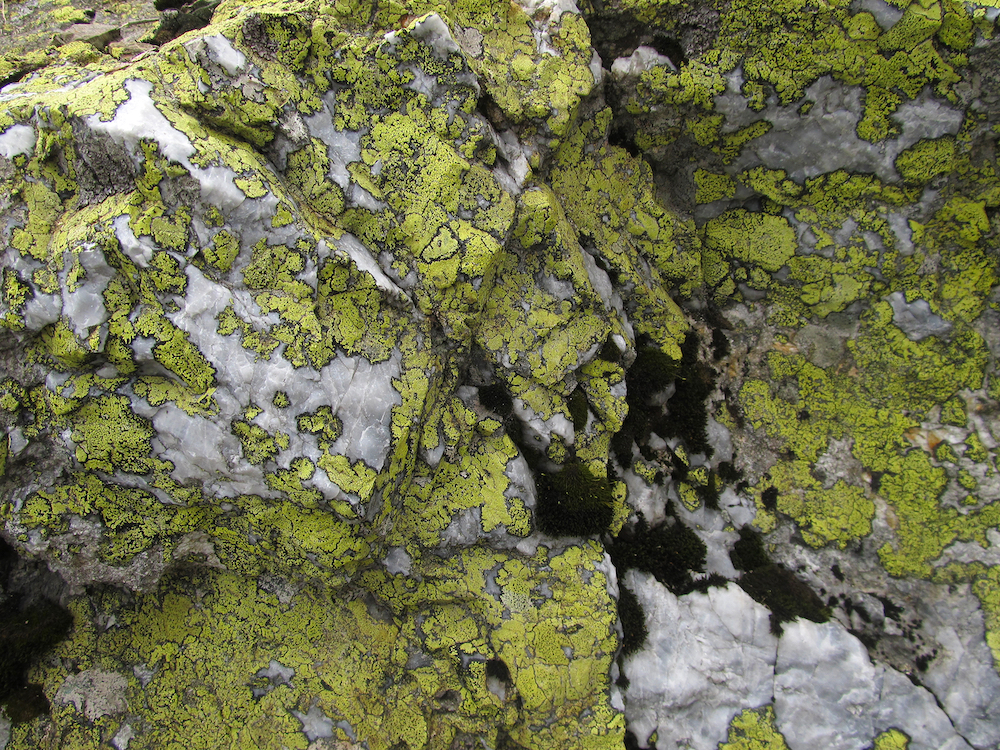
- Introduction
- What is “Fechen”?
- The History of Fechen
- Benefits of Fechen 4.1. Health Benefits 4.2. Environmental Benefits 4.3. Economic Benefits
- How to Incorporate Fechen into Your Daily Life 5.1. Fechen Products in the Market 5.2. Fechen Recipes and Cooking Tips
- Fechen and Sustainability
- Fechen’s Impact on the Environment 7.1. Reducing Carbon Footprint 7.2. Promoting Biodiversity
- Fechen and Global Trends 8.1. Fechen in the Fashion Industry 8.2. Fechen in Architecture and Design
- Challenges and Misconceptions about Fechen 9.1. Myths about Fechen 9.2. Overcoming Challenges in Fechen Usage
- Future Prospects of Fechen
- Conclusion
- FAQ’s
1. Introduction:
Fechen, Welcome to the world of Fechen, a remarkable natural resource that is revolutionizing various industries and promoting sustainable living. In this article, we’ll explore the wonders of Fechen, its history, benefits, challenges, and future prospects.
2. What is “It”?
Fechen is a versatile plant that belongs to the grass family, known scientifically as “Fechenaceae.” It is primarily found in the lush green fields of certain regions. Its rapid growth and ability to adapt to various climates make it an excellent resource with numerous applications.
3. The History of It:
IT has a rich history that dates back centuries. Ancient civilizations utilized for various purposes, from crafting tools and shelter to using it for medicinal properties. Over time, its significance has only grown, and today, it holds a key position in sustainability efforts.
4.Benefits of It.
4.1. Health Benefits:
Research has revealed the exceptional health benefits of it. Its leaves and extracts are a great source of essential nutrients and antioxidants, promoting overall well-being. Incorporating it into your diet can boost immunity and aid in digestion.
4.2. Environmental Benefits:
It plays a vital role in environmental conservation. As a fast-growing plant, it helps in carbon sequestration, mitigating the effects of climate change. Moreover, Itn’s deep roots prevent soil erosion and improve soil quality.
4.3. Economic Benefits:
The economic(Read more)potential of It is immense. Its applications in various industries have created a booming market, generating employment opportunities and contributing to the economy.
5. How to Incorporate it into Your Daily Life.
5.1. Its Products in the Market:
The market is flooded with innovative Its-based products. From eco-friendly packaging materials to biofuels, It has become a game-changer in sustainable living.
5.2. Fechen Recipes and Cooking Tips
Incorporating it into your culinary adventures is easy and delightful. Discover a range of its recipes that add a healthy twist to your meals. From salads to smoothies, it can be a versatile addition to your kitchen.
6. Its Sustainability:
It’s rapid growth rate and versatility make it a sustainable alternative to various conventional resources. Its cultivation requires fewer resources and has a lower impact on the environment.
7. It’s Impact on the Environment.
7.1. Reducing Carbon Footprint:
The carbon sequestration ability of It is a potent tool in combating climate change. As it grows, it absorbs carbon dioxide from the atmosphere, reducing greenhouse gas emissions.
7.2. Promoting Biodiversity:
Its fields act as natural habitats for various species, promoting biodiversity and restoring ecosystems.
8. Global Trends.
8.1. It’s Trend in the Fashion Industry:
The fashion world is embracing Its as a sustainable alternative to synthetic fibers. Its-based fabrics are not only eco-friendly but also stylish and comfortable.
8.2. This in Architecture and Design:
Architects and designers are exploring it’s potential in creating sustainable and aesthetically pleasing structures. From eco-friendly buildings to artistic installations, It is shaping modern design trends.
9. Challenges and Misconceptions about It.
9.1. Myths about It:
Despite its numerous benefits, Its faces some misconceptions. Addressing these myths is essential to promote the wider adoption of this remarkable plant.
9.2. Overcoming Challenges in Its Usage:
Scaling up its cultivation and processing poses challenges, but with advancements in technology and increased awareness, these obstacles can be overcome.
10. Future Prospects of It:
The future of it looks promising. As sustainability becomes a global priority, it is poised to become a cornerstone of environmentally conscious practices across various industries.
11. Conclusion:
Its journey from ancient times to modern applications is awe-inspiring. Its health, environmental, and economic benefits make it a frontrunner in the quest for sustainability. Embracing It today means investing in a greener and more prosperous future for generations to come.
12.FAQs
1. Is it safe for consumption?
- Yes, It is safe for consumption and offers various health benefits.
2. Can it be grown in all climates?
- While It is adaptable, specific climates might be more favourable for its cultivation.
3. Are there any regulations for Its cultivation?
- Regulations for its cultivation vary by region, but sustainable practices are encouraged.
4. Is It cost-effective for businesses?
- Yes, Its rapid growth and abundance make it a cost-effective option for many industries.
5. Can It be used for medicinal purposes?
- Yes, it has been used traditionally for its medicinal properties, and ongoing research explores its potential further.
In conclusion, It’s emergence as a sustainable powerhouse is remarkable. Its benefits span health, environmental, and economic spheres, making it a valuable resource for the present and the future. Embracing it is not just a choice but a step towards a more resilient and greener world. So, let’s seize the opportunity to integrate it into our lives and contribute to a brighter and eco-friendly future.
